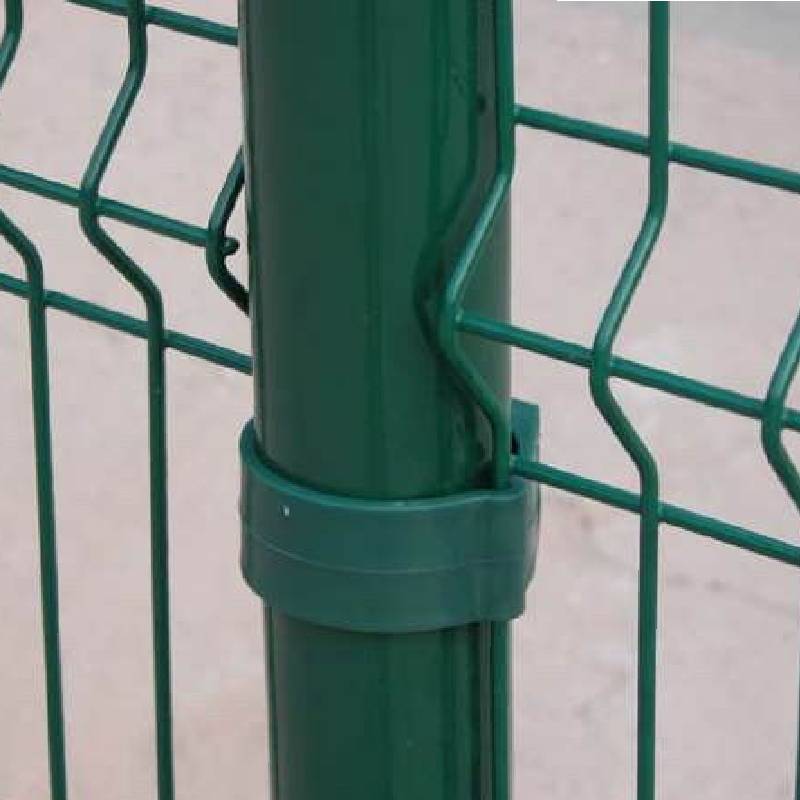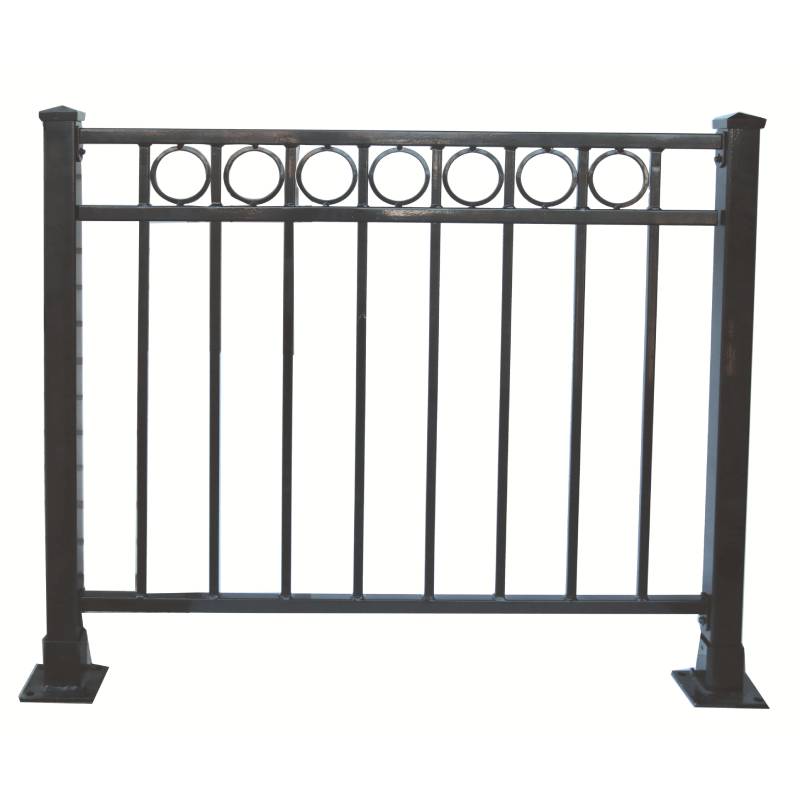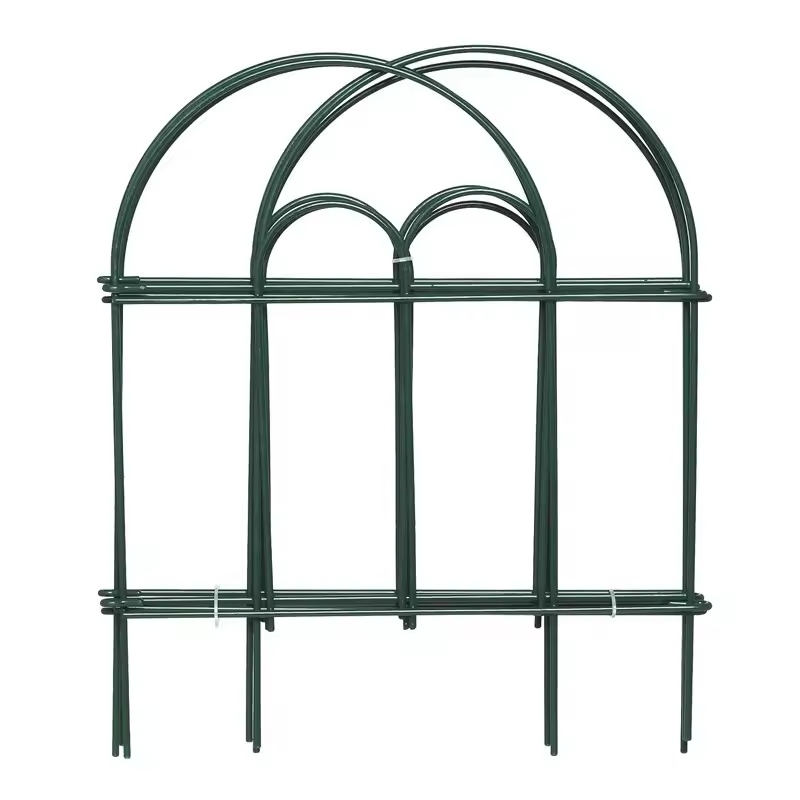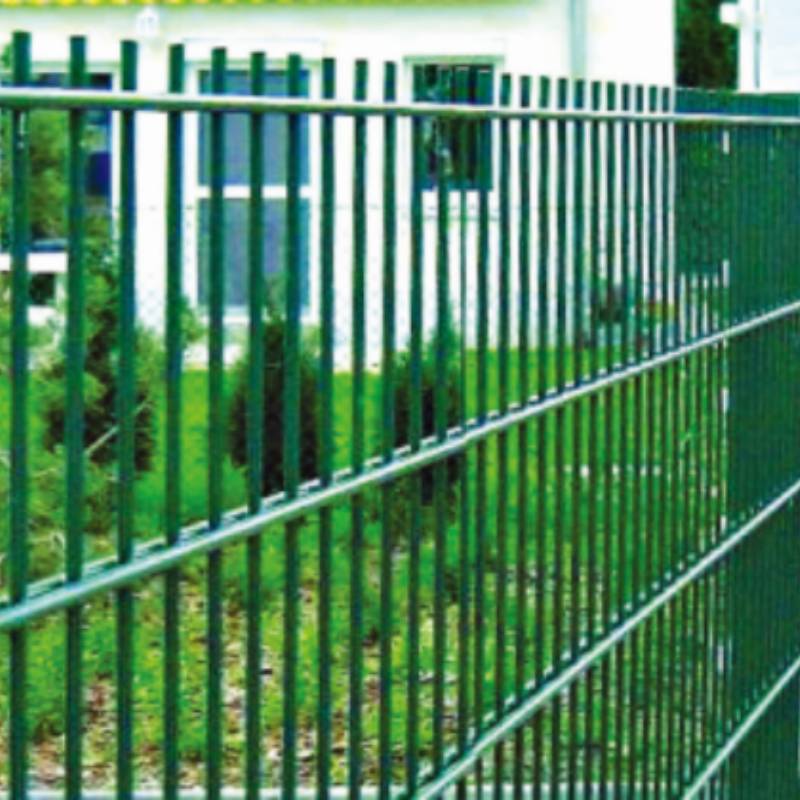-
Email:zhao@hyliec.cn
-
Tel:+86 311 85273988
-
Što ima:8613931128750
-
 afrički
afrički -
 albanski
albanski -
 amharski
amharski -
 arapski
arapski -
 Armenac
Armenac -
 azerbajdžanski
azerbajdžanski -
 baskijski
baskijski -
 bjeloruski
bjeloruski -
 bengalski
bengalski -
 bosanski
bosanski -
 bugarski
bugarski -
 katalonski
katalonski -
 Cebuano
Cebuano -
 Korzikanac
Korzikanac -
 Hrvatski
Hrvatski -
 češki
češki -
 danski
danski -
 nizozemski
nizozemski -
 Engleski
Engleski -
 esperanto
esperanto -
 estonski
estonski -
 finski
finski -
 francuski
francuski -
 frizijski
frizijski -
 galicijski
galicijski -
 gruzijski
gruzijski -
 njemački
njemački -
 grčki
grčki -
 gudžarati
gudžarati -
 haićanski kreolski
haićanski kreolski -
 kuća
kuća -
 havajski
havajski -
 hebrejski
hebrejski -
 Ne
Ne -
 Miao
Miao -
 mađarski
mađarski -
 islandski
islandski -
 igbo
igbo -
 indonezijski
indonezijski -
 irski
irski -
 talijanski
talijanski -
 japanski
japanski -
 javanski
javanski -
 kannada
kannada -
 kazahstanski
kazahstanski -
 kmerski
kmerski -
 ruandski
ruandski -
 korejski
korejski -
 kurdski
kurdski -
 Kirgistan
Kirgistan -
 TBC
TBC -
 latinski
latinski -
 latvijski
latvijski -
 litvanski
litvanski -
 luksemburški
luksemburški -
 makedonski
makedonski -
 Malgaši
Malgaši -
 malajski
malajski -
 malajalamski
malajalamski -
 malteški
malteški -
 maorski
maorski -
 marati
marati -
 mongolski
mongolski -
 Mianmar
Mianmar -
 nepalski
nepalski -
 norveški
norveški -
 norveški
norveški -
 oksitanski
oksitanski -
 paštunski
paštunski -
 perzijski
perzijski -
 Polirati
Polirati -
 Portugalski
Portugalski -
 pandžapski
pandžapski -
 rumunjski
rumunjski -
 ruski
ruski -
 Samoanac
Samoanac -
 škotski galski
škotski galski -
 srpski
srpski -
 Engleski
Engleski -
 Shona
Shona -
 sindhi
sindhi -
 sinhalski
sinhalski -
 slovački
slovački -
 slovenski
slovenski -
 somalijski
somalijski -
 španjolski
španjolski -
 sundanski
sundanski -
 svahili
svahili -
 švedski
švedski -
 tagalog
tagalog -
 tadžički
tadžički -
 Tamil
Tamil -
 tatarski
tatarski -
 teluški
teluški -
 tajlandski
tajlandski -
 turski
turski -
 turkmenski
turkmenski -
 ukrajinski
ukrajinski -
 urdu
urdu -
 ujgurski
ujgurski -
 uzbečki
uzbečki -
 vijetnamski
vijetnamski -
 velški
velški -
 Pomozite
Pomozite -
 jidiš
jidiš -
 joruba
joruba -
 zulu
zulu
Panel Ograda
Wholesale Metal Fence Panels ?
Wholesale metal fence panels are a popular choice for those looking for durable and secure fencing solutions. These panels are often made steel materials providing a
strong and long-lasting option for garden fencing. They are available in various designs and sizes, making them suitable for a wide range of applications. Wholesale options offer cost-effective solutions for purchasing metal fence panels in bulk, making them ideal for contractors, landscapers, and property developers looking to install fencing on a larger scale.
Is It Cheaper To Buy Fence Panels Or Build Them?
The cost of buying fence panels versus building them can vary depending on several factors. In general, buying pre-made fence panels can be cheaper and more time-efficient than building them from scratch. Pre-made panels are mass-produced, which often makes them more cost-effective due to economies of scale. Additionally, purchasing fence panels can save on labor costs, as they are typically easier and quicker to install compared to building a fence from individual components. However, building a fence from raw materials allows for more customization and control over the design, which may be a priority for some individuals. It's important to consider the specific requirements, budget, and time constraints when deciding whether to buy or build fence panels.
How To Install A Panel Fence?
To install a panel fence involves several steps:
1. Measure and plan: Determine the length of the fence and calculate the number of panels needed. Plan the layout and ensure the fence posts are installed at the appropriate intervals to accommodate the panels.
2. Install the posts: Dig holes for the fence posts, ensuring they are deep enough to provide stability. Set the posts in concrete and allow them to cure before attaching the panels.
3. Attach the panels: Once the posts are set, attach the panels to the posts using appropriate fasteners such as screws or nails. Ensure the panels are level and properly aligned.
4. Add finishing touches: Depending on the type of panels used, additional finishing touches such as capping, trim, or paint may be required to enhance the appearance and durability of the fence.
5. Maintenance: Regular maintenance, such as cleaning and sealing, may be necessary to ensure the longevity of the fence panels.
It's important to follow the manufacturer's instructions and local building codes when paneling a fence to ensure proper installation and compliance with regulations. If in doubt, it's advisable to consult with a professional or seek guidance from experienced individuals.








